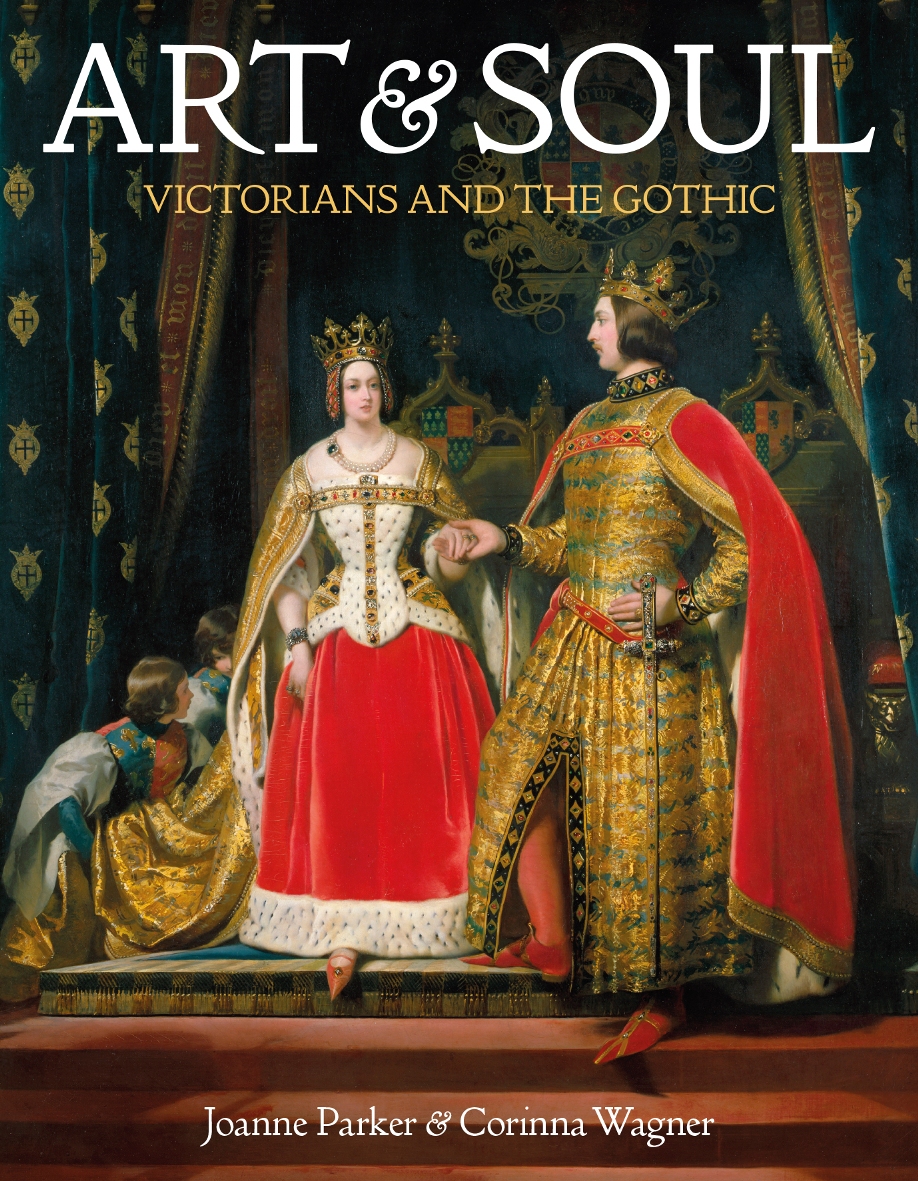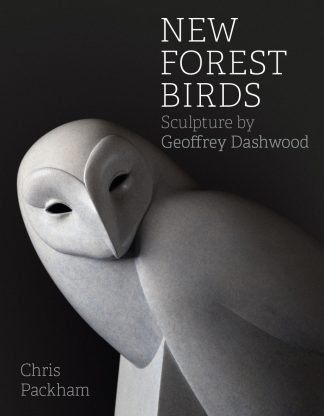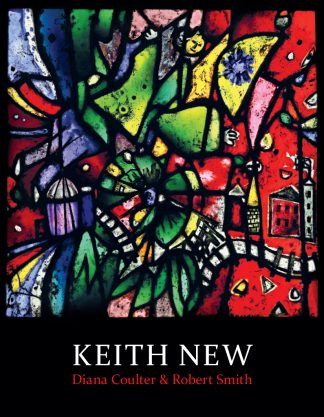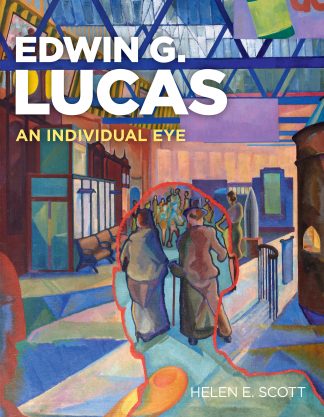Description
- First major study of Victorian Medievalism focusing on the South West of England
- Accompanied a major loan exhibition at the Royal Albert Memorial Museum, Exeter
- Provides a national context for the Victorian Gothic, and includes works by Morris, Pugin, Burne-Jones and Waterhouse
- Features works with South West connections by William Burges, Walter Crane and William Lethaby
Victorian re-imaginings of the medieval world helped shape British society, leaving their legacy in art, architecture, literature, religion, politics and the monarchy. Although often referred to as a ‘Gothic Revival’, in fact, nineteenth-century artists, writers and designers were magpie-like in drawing inspiration from many aspects of the long medieval period, both historical and mythological. By focusing on the impact of Victorian Medievalism in the South West of England, this study explores how the movement forged local identity and a sense of community. Written by two leading scholars in the field from the University of Exeter, the book accompanies a major exhibition at the Royal Albert Memorial Museum in Exeter – a landmark building of the South West Gothic Revival. It features works by William Morris, Edward Burne-Jones, William Burges, Augustus Pugin and J.W. Waterhouse, alongside displays that explore leading South West patrons and makers and the special place the region holds in the Arthurian legends which became so popular in the Victorian era. Loans from the Royal Collection, Tate, Victoria & Albert Museum, Birmingham Museum & Art Gallery, Ashmolean Museum, Ruskin Library and the National Trust are combined with works from Exeter’s collections.
Joanne Parker is a Senior Lecturer in Victorian Literature at the University of Exeter. She works on medievalism, and on the relationships between history, myth, place and national identity in the nineteenth century. She has written widely on the Victorian interest in stone circles, King Alfred, King Arthur, Robin Hood, and the Vikings. Her most recent book Britannia Obscura (Jonathan Cape, 2014) examines the history of alternative maps of Britain from the nineteenth century onwards, and her previous publications include England’s Darling: The Victorian Cult of Alfred the Great (Manchester University Press, 2014 [2009]); Written on Stone: The Cultural History of British Prehistoric Monuments(Cambridge Scholars, 2009); and The Robin Hood Classic Fiction Library (Routledge, 2005), 8 vols., edited with Stephen Knight.
Corinna Wagner is Senior Lecturer in English, and a member of the History of Art and Visual Culture Department at the University of Exeter. Her interests include Victorian gothic art and literature, and neo-gothic architecture and design. She has published on the architect A.W.N. Pugin and has edited Gothic Evolutions: Poetry, Tales, Context, Theory (2014).Wagner is principle investigator of the Arts & Humanities Research Council project,Identity, Community and Victorian Medievalismin the South West. As part of this project, she is co-editing, with Joanne Parker, the Oxford Handbook to Victorian Medievalism (2015). Wagner is also a specialist in the medical humanities, focusing on the relationship between medicine and the arts. Her publications on this topic include Pathological Bodies: Medicine and Political Culture (2013) and A Body of Work: An Anthology of Poetry and Medicine (with Andy Brown, 2015).




